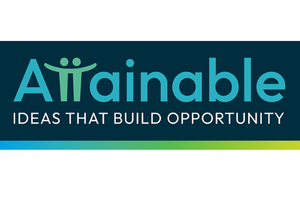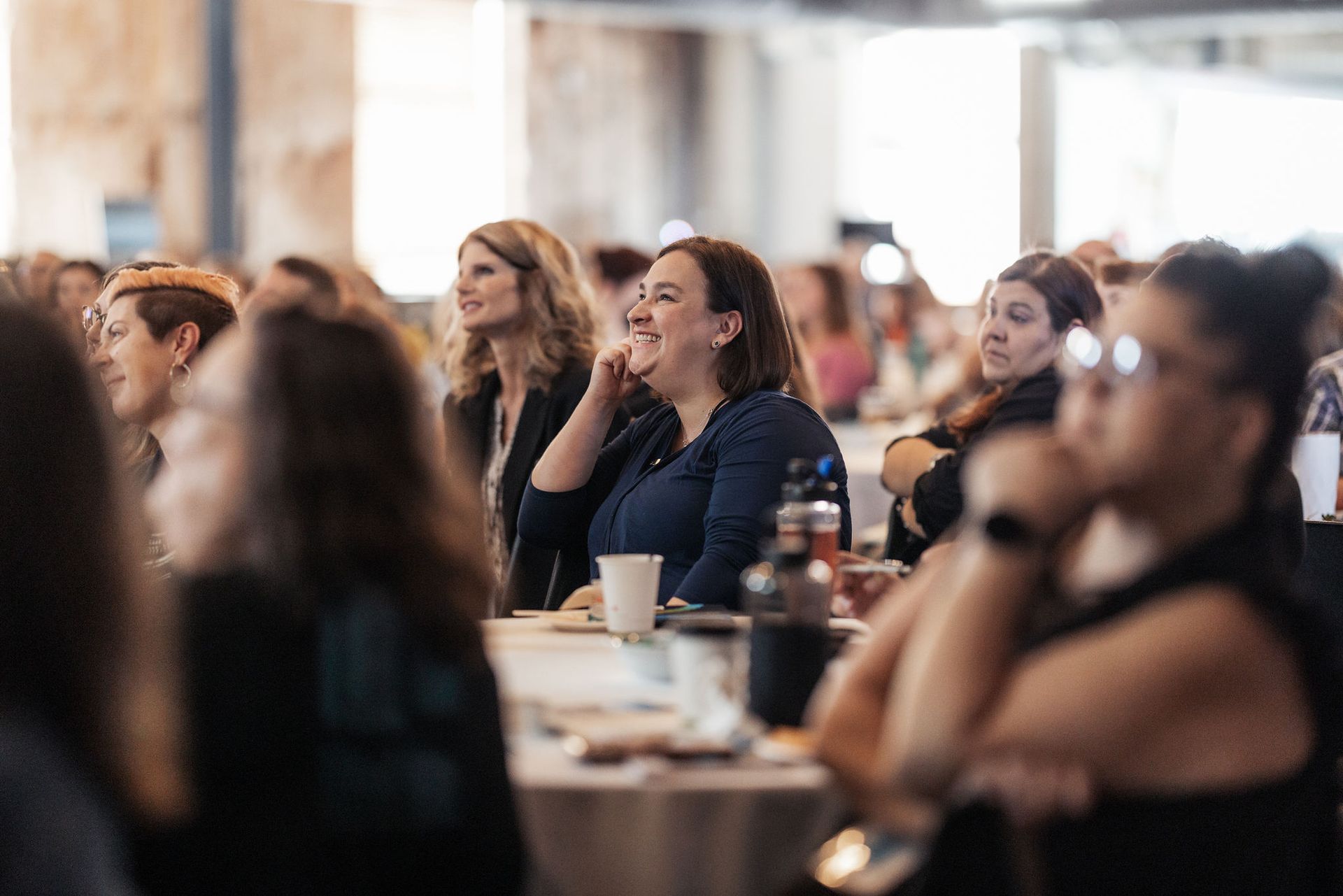By Rana Tarkenton
•
December 11, 2025
This has been a difficult year for Colorado’s educators and system leaders, who have carried the weight of economic uncertainty, public pressure, and shifting demands on both K-12 and higher education. Their challenges prompted us to pause and consider what it truly means to serve as an intermediary and a supportive partner. We found ourselves acting with intention to clarify where we can add the most value and ensure that our work meets the moment At the same time, 2025 has been one of transition and transformation for The Attainment Network. A leadership transition, the launch of new learning opportunities for our partners, and the addition of new areas of consulting engagements have required much from our team and reaffirmed our commitment to equitable career-connected learning opportunities in Colorado. Through it all I’ve been reminded how systems change happens – not in giant leaps, but in the steady steps of people with a shared purpose. Stepping into the role of CEO last April was both centering and energizing. Over the course of my career, I’ve focused on helping learners and earners succeed – creating opportunities, removing barriers, and supporting growth – and taking on this leadership role at this moment underscored the importance of our work and the commitment it requires. The stakes feel higher, the opportunities more profound, and what gives me the greatest optimism isn’t just what we accomplished this year, but how we showed up: with authenticity, humility, and a solution-oriented mindset; by supporting each other to meet a high bar of excellence; and by staying centered on the learners and earners who rely on us. I’m deeply grateful to lead alongside a team and partners who approach this work with care, clarity, and unwavering commitment, especially at a time when it matters so much. One of the most tangible demonstrations of this commitment was the launch of our professional learning series. What began as a simple question – How can we continue to support and foster our community of professionals who are dedicated to reshaping education-to-workforce systems? – evolved into a statewide learning series for more than a thousand people. Our Professional Learning Series became a space where partners could share promising practices as well as wrestle with challenges. And our annual Learner Voice Symposium lifted up the perspectives of learners and earners as we think about the career advising systems we’ll need to realize the promise of our state’s Big Three priorities around postsecondary credit, industry-recognized credentials, and work-based learning. Our events affirmed what we’ve long believed: when people have a strong community of professional support, systems get stronger. This spirit of focus and alignment also led us to elevate career advising as a priority area. Colorado has made significant investments in career-connected learning and workforce development – from CTE and concurrent enrollment to industry-recognized credentials, work-based learning, skills-based hiring, career-connected campuses, apprenticeships, and the substantial Opportunity Now grants. Yet our 2025 Colorado Career Advising Report shows that learners still face a fragmented advising landscape. By focusing more deeply on career advising, we are addressing the connective tissue of the system – the personalized, holistic guidance that helps learners make sense of their experiences, purpose, and possibilities – and ensuring Colorado’s investments translate into clear, attainable pathways for every learner and earner. And this year, we saw what’s possible when communities rally around a shared vision. In the San Luis Valley, we celebrated one year of partnership and reached major milestones in workforce development – including expanding pathways to high-value, in-demand healthcare careers at 11 high schools in the Valley. This partnership showed what local leaders can accomplish when supported by an intermediary focused on aligning systems, building capacity, and maintaining momentum towards outcomes. This year also marked the continued evolution of our consulting work, as new and existing partners turned to The Attainment Network for strategic guidance and implementation support. We partnered with Apprenticeship Colorado to host a statewide webinar that helped employers and practitioners better understand the underpinnings of effective apprenticeships. We stepped into new terrain with Elevate Quantum, being selected to develop a strategic communications plan for an emerging career pathways that can feel intimidating – even mysterious – but which holds extraordinary promise for Colorado’s economic future. And with Colorado Workforce Development Council, we gathered stakeholder feedback to inform the state’s interests in developing a system for learning and employment records (LERs) that would make comprehensive, portable, digital records of learners’ skills, achievements, and education that they can easily access and control. ……. Across all of this work, one theme kept resurfacing: Colorado’s future will be built through intentional partnership. When community and industry leaders, educators, funders, and policymakers – with the support of intermediaries – work in partnership, something powerful happens. The barriers start falling away as we take steady steps together to build an education-to-workforce system that supports learners and earners and meets critical workforce needs. To everyone who partnered with us this year – thank you. Your dedication, your curiosity, and your belief in what’s possible are what strengthens our communities. Here’s to our momentum-building partnership in 2025 – and the future we’re creating together. — Rana Tarkenton, CEO The Attainment Network







